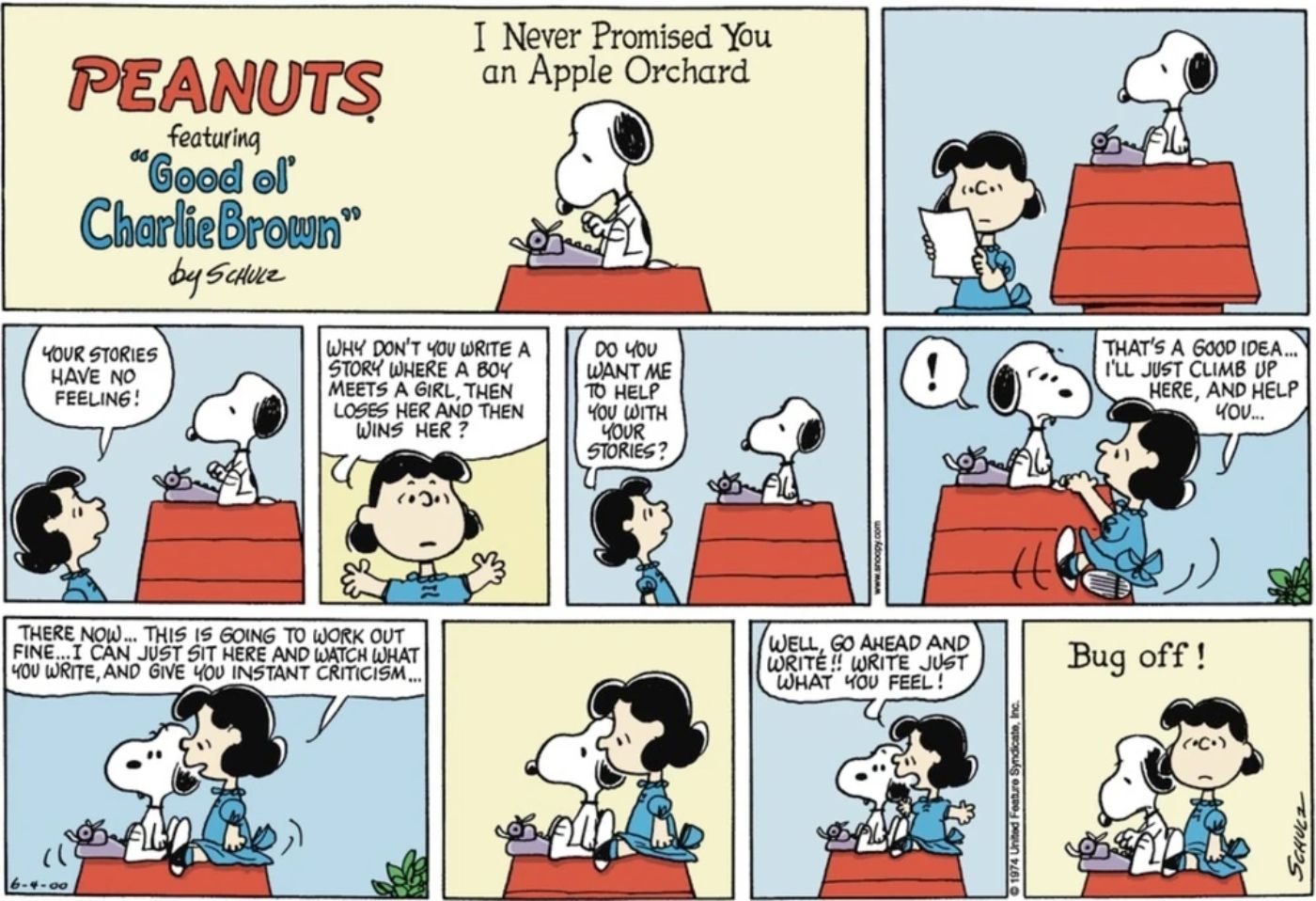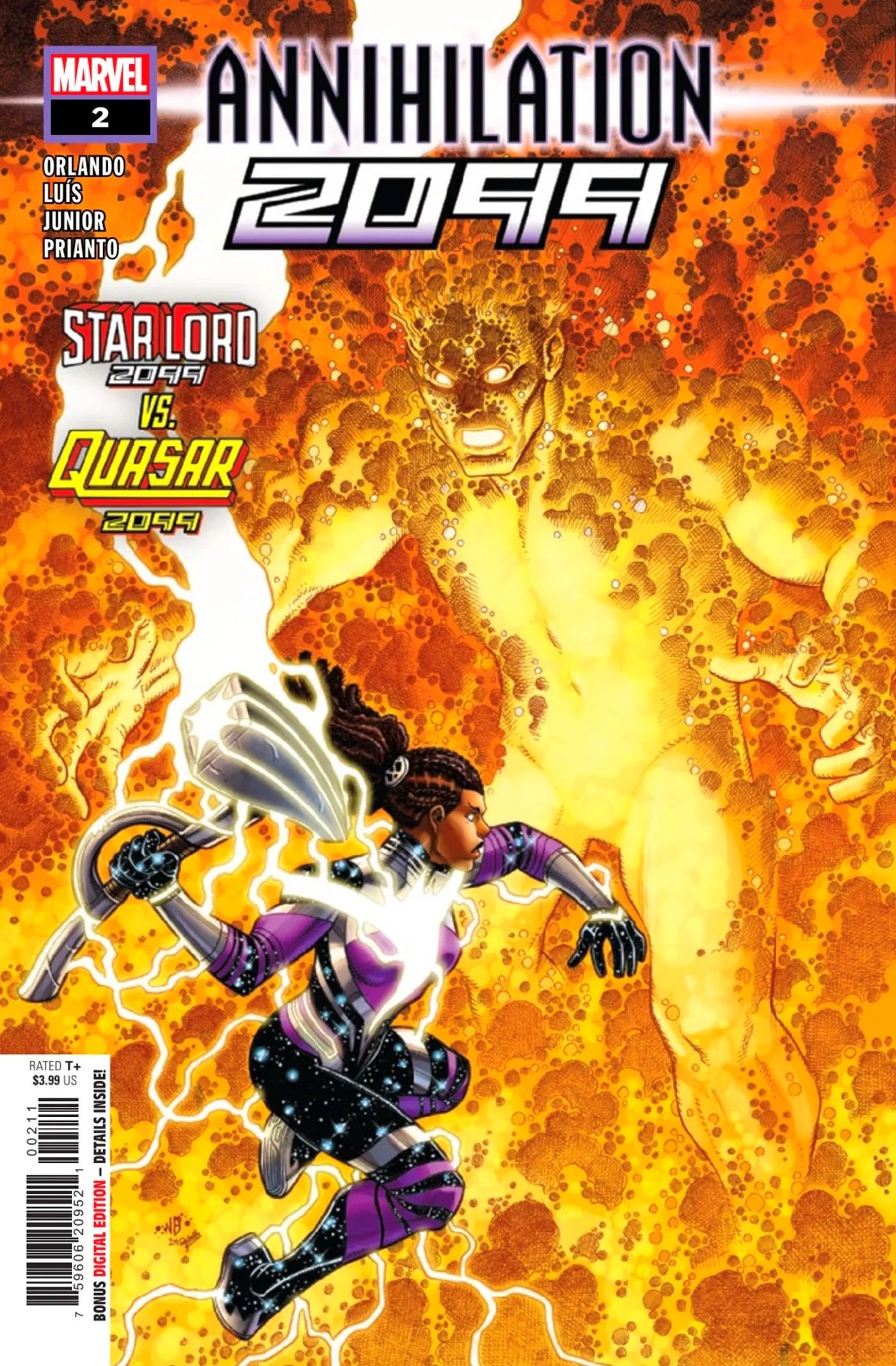My Hero Academia, created by Kohei Horikoshi, is one of the anime industry’s most popular series. It is one of the best-selling manga series worldwide and has enjoyed both critical acclaim and an avid fanbase. The series is known for its phenomenal storytelling, its excellent character development with relatable and realistic superheroes and dastardly villains, and its truly unique storyline following a young, “quirkless” boy inheriting powers from his childhood hero.
My Hero Academia offers a refreshing twist on the typical superhero origin story, standing out among other shonen series with a superhero premise. Furthermore, it also changed the landscape for shonen anime as a whole. My Hero Academia was one of the first to operate on a seasonal model.
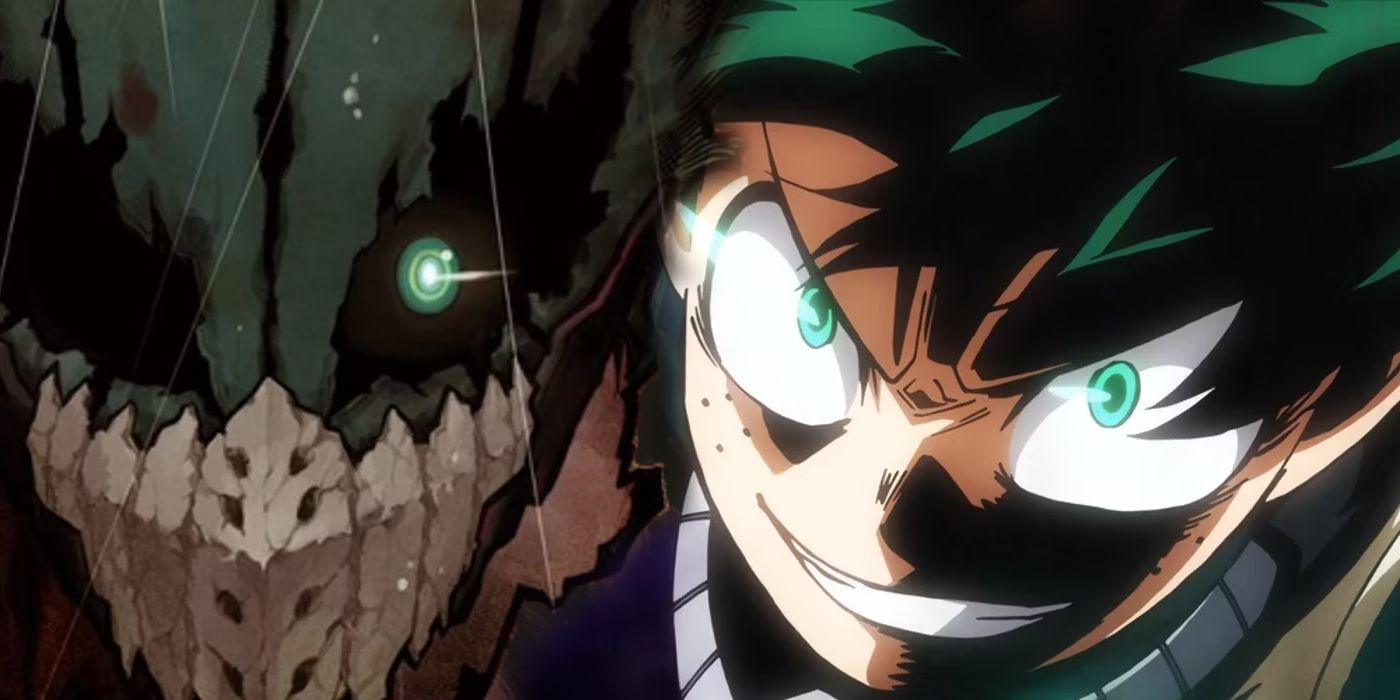
This means that the series releases shorter and more concise story arcs, rather than being continuously ongoing. The model also allows for longer breaks between seasons of the anime, since there is more flexibility to pause between arcs, which doesn’t typically happen in continuous anime like One Piece, that don’t stop running.
My Hero Academia Releases Seasonally Rather Than Using A Continuous Release Model
Produced by Bones; based on the original manga by Kohei Horikoshi
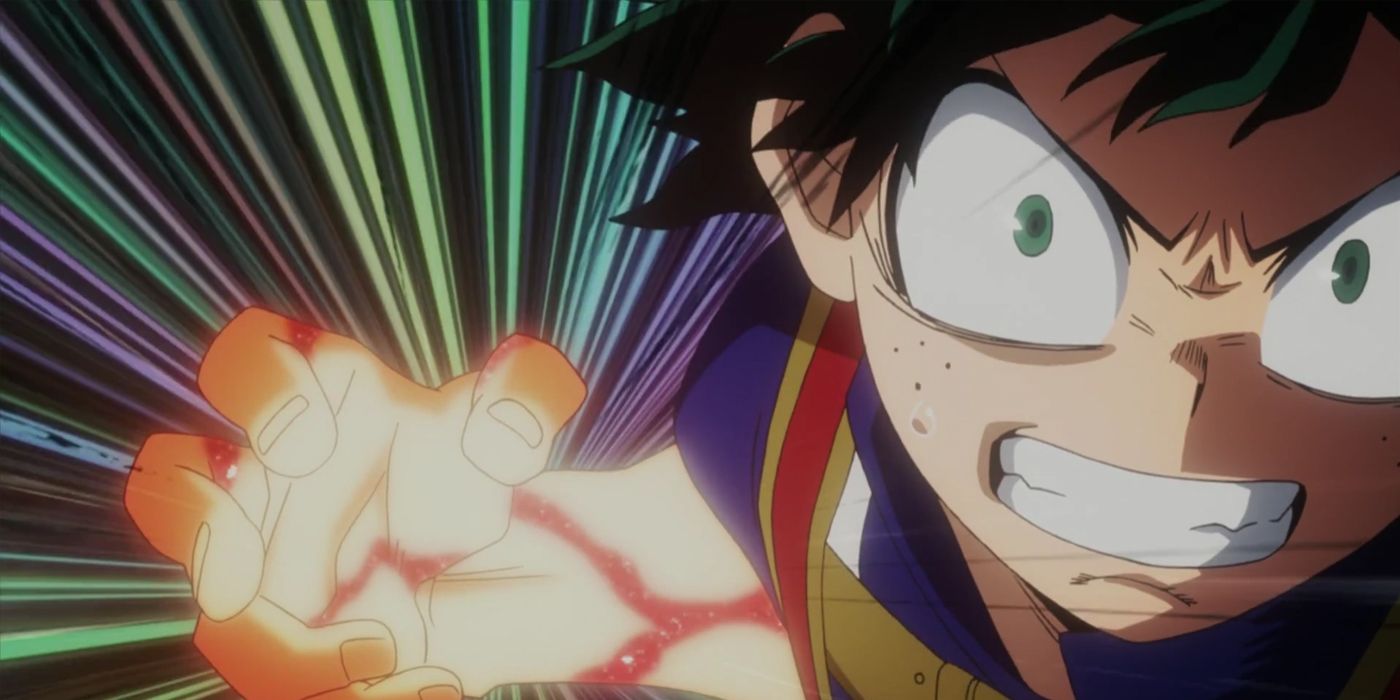
There are, of course, benefits and drawbacks to each model of airing an anime series. One Piece is a great example of the continuously running anime approach. The series has been releasing pretty consistently, with an occasional short week-long break at the most, since the first episode was released on October 20, 1999. A lot of other popular anime series adopted the continuous model, including Naruto, Bleach, and Dragon Ball Z. Due to these massively popular shonen setting the stage, this way of creating an anime became immensely popular, with many other creators following suit and adopting a continuous schedule for their series.
However, My Hero Academia came along to break that trend and establish a previously unheard-of option for an anime release schedule. It was one of the first big shonen series to try out an alternative model. For example, the first season of the anime ran from April 3, 2016, to June 26, 2016. Instead of continuing weekly like another anime at the time might have done, the show took a break until April 1 of 2017: an almost year-long break. This was radical at the time, since most big shonen properties did not pause for any extended amount of time.
The Seasonal Model Allows For More Concise Storytelling & Better Arcs
The freedom offered by this release schedule helped My Hero Academia cut out filler

One of the strongest benefits of the seasonal approach is it offers the opportunity for more concise and to the point storytelling. Without the pressure to release episodes every single week, writers can develop individual arcs more thoughtfully and slowly with lulls in between, rather than keeping a broader story going from week to week without ceasing. Although the creators still must focus on how each arc adds to the wider overall storyline, the seasonal model does allow for more breaks in between to brainstorm new ideas, making the major My Hero Academia battles, triumphs, losses, and character arcs feel paced well.
Following in My Hero Academia’s footsteps, countless other award-winning shonen franchises began to try out the seasonal model as well. Series like Chainsaw Man, Demon Slayer, Jujutsu Kaisen, and Spy x Family all began using this perspective to define their anime release schedules. Although all of these beloved series would have been able to release filler without catching too much flak from fans, each of these creators saw the benefits of breaking between seasons in order to create an intentional story that doesn’t include filler content, choosing instead to craft one succinct storyline and plot that flows steadily between seasons.
There Are Positives and Negatives With Each Release Model
For series like One Piece and Naruto, the weekly schedule seems to work well and please fans. Filler content is not always a negative and sometimes even drives the plot forward and offers interesting and surprising insight into beloved characters that there is no time to delve into in traditional plot-focused episodes. There is much discourse, both in favor of and against, this type of content, but lighthearted side episodes can provide a nice respite from continual action, and heavier topics like character death. However, not every series will benefit from including these and My Hero Academia is one such example.
The seasonal model has given My Hero Academia incredible pacing. With 25 episodes per season and year-long breaks, Deku’s journey is able to progress steadily but not feel rushed, allowing him to grow in his abilities at the right pace. It allows for breaks between darker arcs that include emotionally heavy moments and death, like the Shie Hassaikai arc. These pauses give fans time to process and creators time to ponder what direction to take the next season. Although continuous series will not cease to exist, more shows are taking inspiration from My Hero Academia‘s astounding success with the seasonal model.
Watch on Crunchyroll
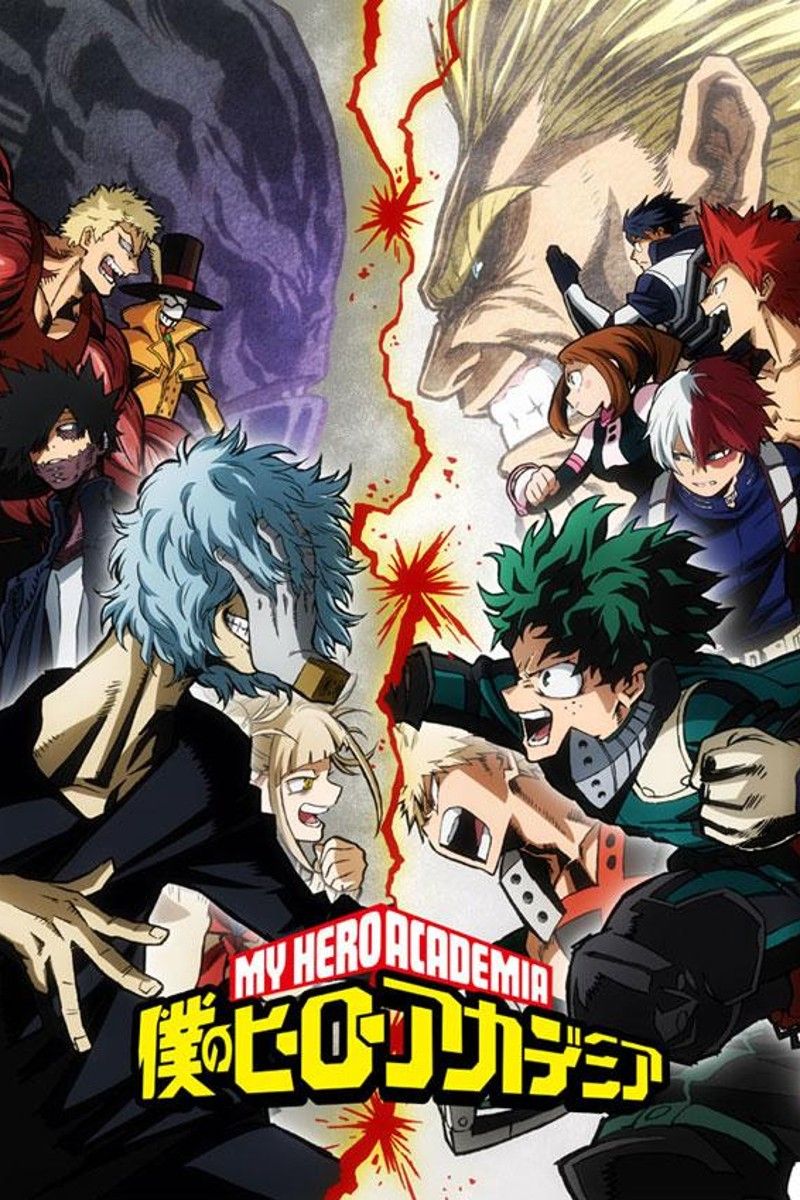
My Hero Academia
In My Hero Academia, some humans have superpowers called quirks. Izuku Midoriya, nicknamed Deku, is not one of them. Deku has always idolized heroes like the number one hero, All Might, and since he was a child, he has always wanted to be a hero. However, his lack of a quirk has always held him back, but a chance encounter with All Might after discovering a classmate in danger sets Deku on the path to becoming a true hero. My Hero Academia centers around Deku and a class of heroes-in-training at UA. This school shapes young quirk users into future heroes through fake rescue missions, combat training, and other hero-tempering tasks. With young Deku inheriting the “One-For-All” quirk, he will learn what it means to be a true hero while facing off with dastardly supervillains.
- Cast
-
Aoi Yuki
, Ayane Sakura
, Christopher R. Sabat
, Yûki Kaji
, Nobuhiko Okamoto
, Luci Christian
, David Matranga
, Justin Briner
, Kenta Miyake
, Clifford Chapin
, Daiki Yamashita - Release Date
-
April 3, 2016
- Seasons
-
5
- Website
-
https://www.funimation.com/shows/my-hero-academia/
- Franchise
-
My Hero Academia
- Production Company
-
Bones
- Number of Episodes
-
113


